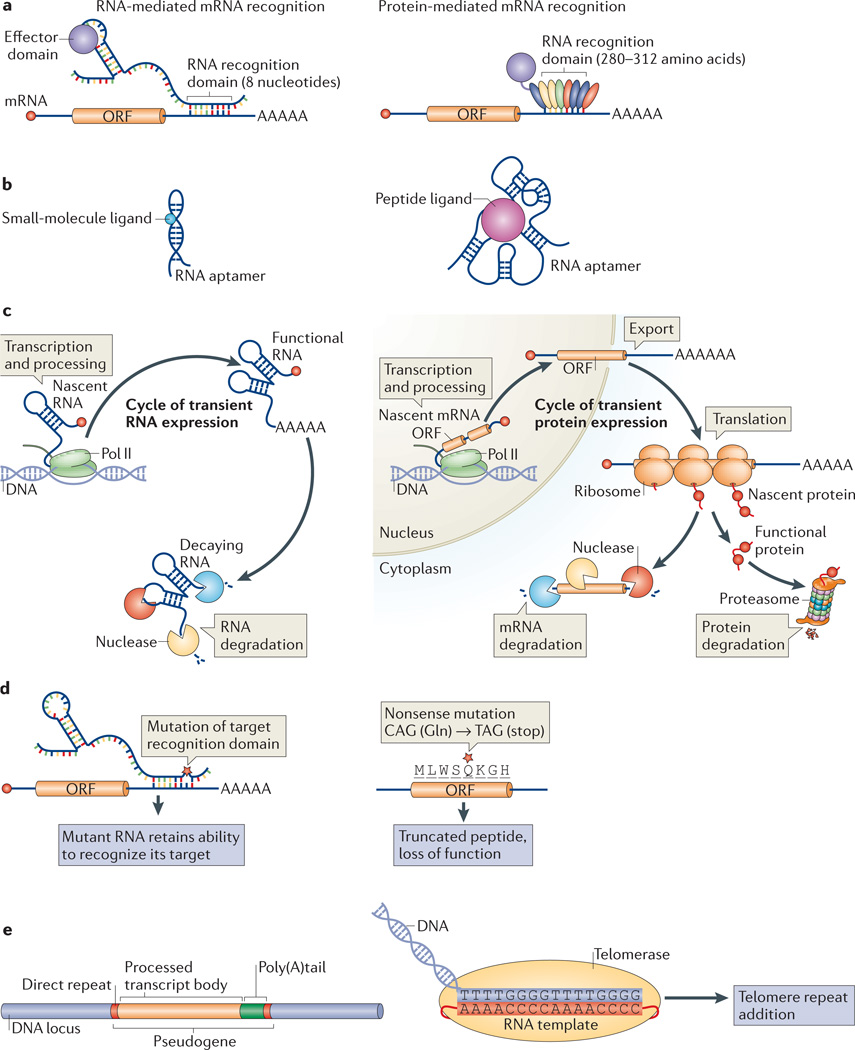Figure 1. RNA is a biochemically versatile polymer.
a | RNA is particularly well suited for sequence-specific nucleic acid targeting through base pairing interactions over a short region (for example, eight nucleotides). By contrast, proteins require repeat motifs comprising 35–39 amino acids (105–117 base pairs of genomic sequence) to recognize a single RNA base with specificity. Therefore, to recognize eight nucleotides, 280–312 amino acids (840–936 base pairs of genomic sequence) would be required. Compared to the eight base pairs required for an RNA, protein-based nucleic acid recognition requires substantially more genomic sequence17.b | RNA can fold into complex three-dimensional structures that can specifically bind various ligands, including small molecules and peptides18.c | RNA is suitable for transient expression, because a fully functional RNA can be generated immediately following transcription and processing but can also be rapidly degraded. Together, this allows RNA effectors to be produced in quick pulses. Proteins, however, require additional steps, including mRNA export and translation, to produce a functional peptide. Likewise, both the mRNA and the protein need to be degraded to turn off expression, d | RNA is malleable and, therefore, more tolerant of mutations. Although some mutations in protein-coding genes are silent, many are deleterious such as nonsense mutations that generate truncated polypeptides. RNA, however, can tolerate mutations even within the regions responsible for target recognition. e | RNA-dependent events can be heritable. For instance, processed pseudogeneswere once RNA transcripts that have beengenomically integrated. In add it ion, telomerase uses an RNA template to add telomeric repeats to the ends of chromosomes. ORF, open reading frame; Pol II, RNA polymerase II.

